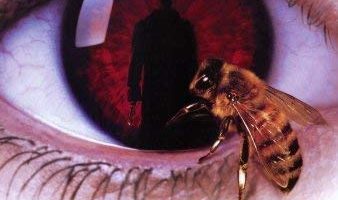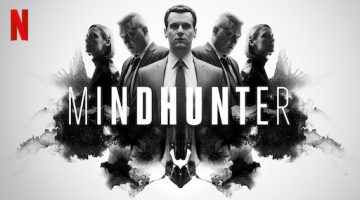
“Russian Doll” is a comedy-drama Netflix series co-created by Natasha Lyonne, Leslye Headland and Amy Poehler. What at first seemed like a funny show really transcended into something special.
The plot follows Nadia, a software engineer in New York City, who keeps repeating her 36th birthday after constantly dying. From there she tries to figure out why she keeps dying and how she can break the cycle. What begins is a descent into trauma and how best to overcome it.
In addition to the female lead creation team, the writing team is also entirely made up of women, which adds a lot to Nadia’s character and journey. Most female protagonists that are written by men generally fall into nonsensical stereotypes, which “Russian Doll” avoids.
Many will compare this to the Bill Murray classic “Groundhog Day”, with the main protagonist reliving the same day over and over again. However, “Russian Doll” adds what seems like a small change to the formula, but completely expands the scope of what is happening.
The main highlight is Lyonne’s performance as Nadia, who is extremely sassy and funny but packs an emotional punch. I also enjoyed how she uses her profession as a software engineer to assist in fixing the situation, using her life as test beds to understand what is happening.
Besides Lyonne, the rest of the cast shines as well. Some of the standouts are best friends Maxine and Lizzy, ex-boyfriend John Reyes and true dirtbag Mike Kershaw, but every character that comes on screen steals the show.
Another major character is New York City itself, ever present in each moment of the show. Whether it is the main thrust of the plot occurring in a bodega, or Nadia searching for her lost cat in Tompkins Square Park, “Russian Doll” would not be the same show if it was set in a different city. It really captures the weird spirit of the East Village, and a major asset of that is the lighting.
Each frame is beautifully shot, and it mostly comes down to the lighting. There’s a good mix of the artificial light from neon signs, the dim orange glow of older city street lights gives each scene a unique style. Another feature is how many people in the show smoke cigarettes, which combines with lighting to add mystery to what is happening.
While the show mainly focuses on comedy, it still leaves room to handle heavy subjects. As the show concludes it shifts to become more of a thriller, and it’s well-deserved. The transition works in a way that other shows would not handle such a stark move.
A major plus that I felt would get a lot of people more interested is its brevity. With eight episodes ranging from 24-30 minutes, it easily fits into anyone’s schedule. While it is indeed short compared to most streaming productions, it has a much better pacing that does not focus on anything other than the plot and characters.
‘Russian Doll’ was a lot more than I was originally expecting — a focused comedy that expands on the “redoing the same day over again” genre. While I usually hope most shows won’t make additional seasons, Russian Doll leaves the story in such an interesting place that I hope they have the opportunity to do more with it.












